Neuroscience

Neurotransmitter receptors function via various G-protein coupled and G-protein independent mechanisms that activate downstream intracellular signaling pathways such as cAMP/PKA, PI3K/AKT, phospholipase A2, and phospholipase C pathways. For instance, dopamine receptors act through adenylate cyclase to activate PKA and other signaling molecules, thereby mediate gene expression through the actions of CREB and other transcription factors. Other neurotransmitters such as NMDAR or AMPAR are associated with ion channels that control flux of Ca2+ and Na+, thus propagating the action potential across the post-synaptic neuron.
Dysfunctions in GABAergic/glutamatergic/serotonergic/dopaminergic pathways result in a broad range of neurological disorders such as chronic pain, neurodegenerative diseases, and insomnia, as well as mental disorders including schizophrenia, bipolar disorder, depression, and addiction.
-
 A1023 Laminin (925-933)2 CitationSummary: Extracellular matrix glycoprotein
A1023 Laminin (925-933)2 CitationSummary: Extracellular matrix glycoprotein -
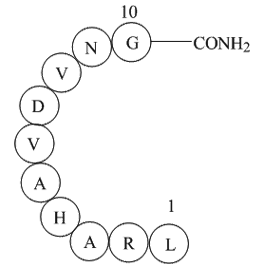 A1028 Cadherin Peptide, avianSummary: Role in cell adhesion
A1028 Cadherin Peptide, avianSummary: Role in cell adhesion -
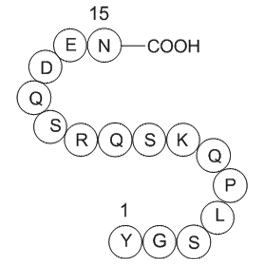 A1031 Myelin Basic Protein (68-82), guinea pigSummary: Myelin Basic Protein
A1031 Myelin Basic Protein (68-82), guinea pigSummary: Myelin Basic Protein -
 A1032 AdrenorphinSummary: Endogenous μ/κ opioid agonist,potent and selective
A1032 AdrenorphinSummary: Endogenous μ/κ opioid agonist,potent and selective -
![[Ser25] Protein Kinase C (19-31)](/pub/media/prod_images/a/1/a1033.png) A1033 [Ser25] Protein Kinase C (19-31)Summary: PKC substrate
A1033 [Ser25] Protein Kinase C (19-31)Summary: PKC substrate -
![amyloid A protein fragment [Homo sapiens]](/pub/media/prod_images/a/1/a1053.png) A1053 amyloid A protein fragment [Homo sapiens]Summary: Apolipoproteins related to HDL in plasma
A1053 amyloid A protein fragment [Homo sapiens]Summary: Apolipoproteins related to HDL in plasma -
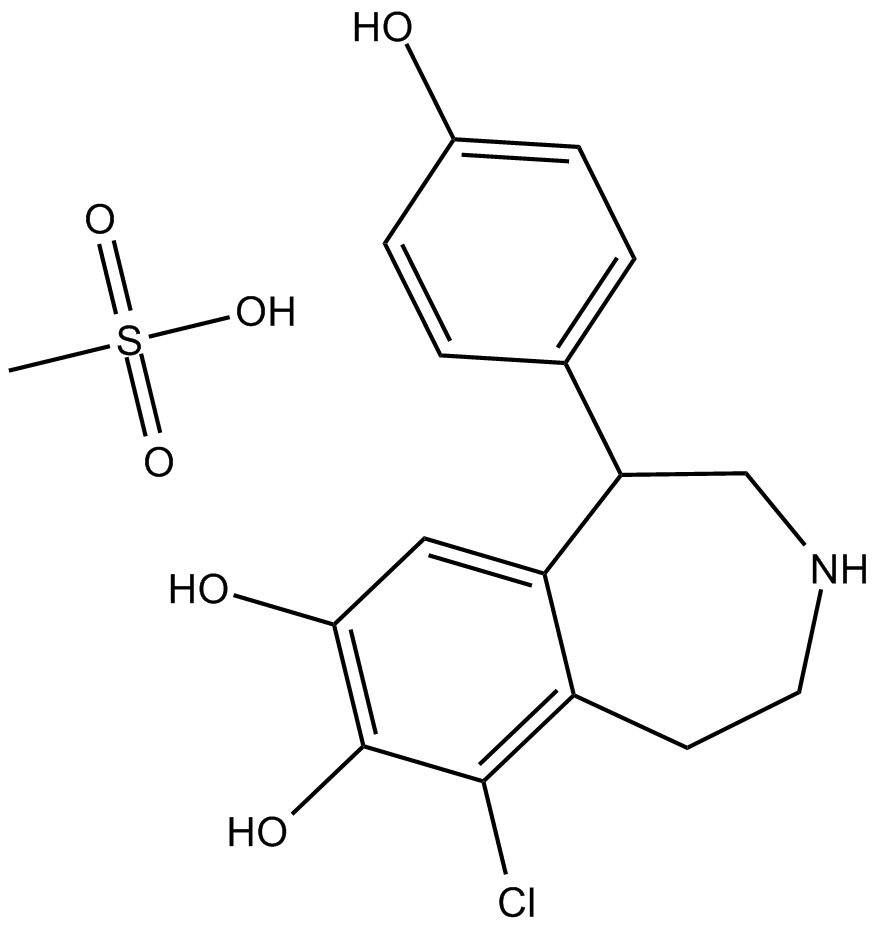 B8681 Fenoldopam (mesylate)
B8681 Fenoldopam (mesylate) -
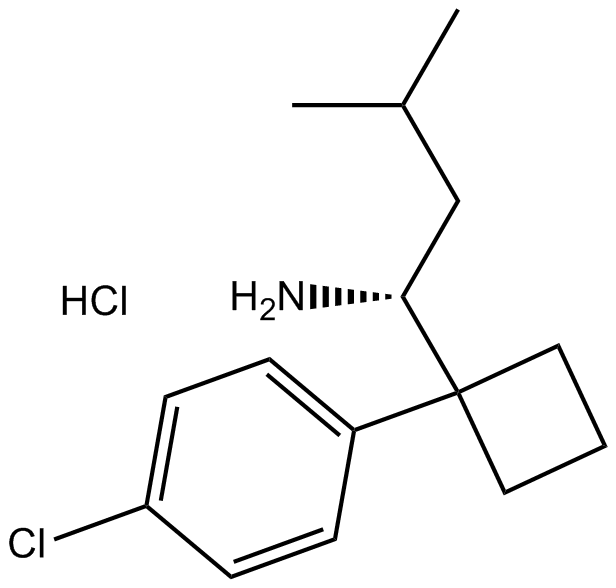 B5292 BTS 54-505 hydrochlorideSummary: Potent SNRI,sibutramine metabolite
B5292 BTS 54-505 hydrochlorideSummary: Potent SNRI,sibutramine metabolite -
 B5347 SC 58125Summary: COX-2 inhibitor
B5347 SC 58125Summary: COX-2 inhibitor -
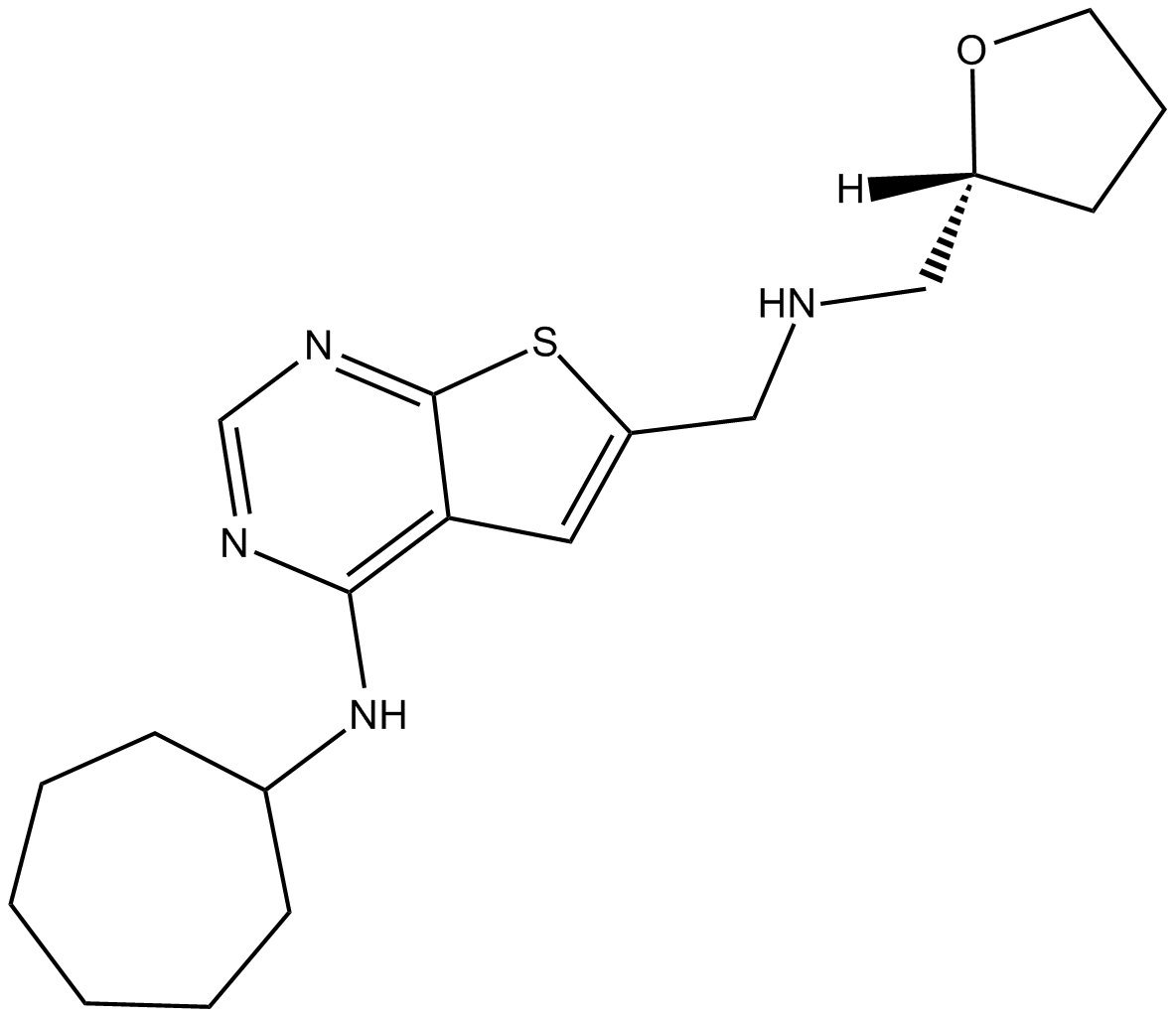 B5355 YM 230888Summary: Selective mGlu1 antagonist
B5355 YM 230888Summary: Selective mGlu1 antagonist

